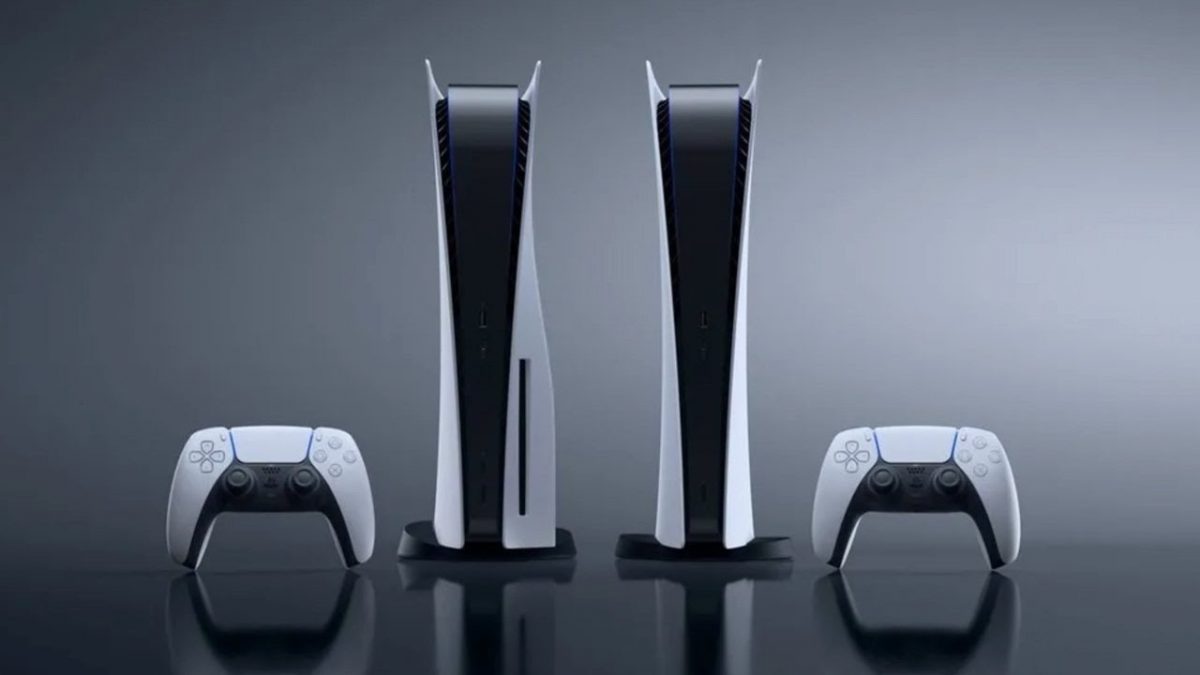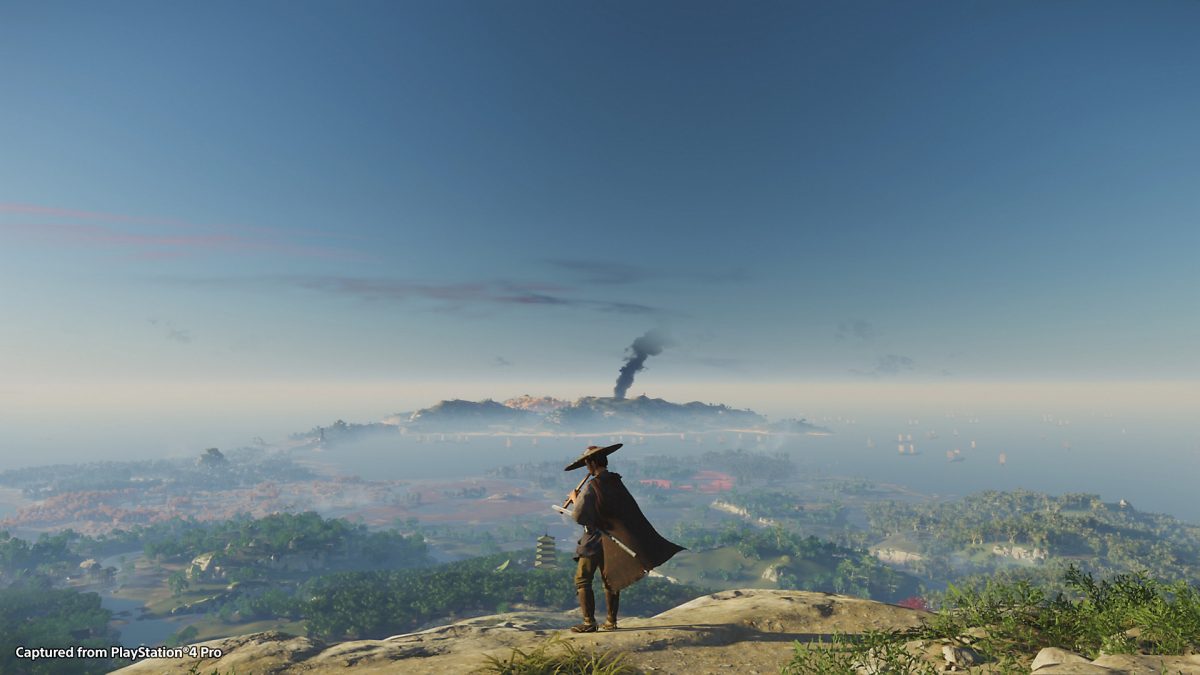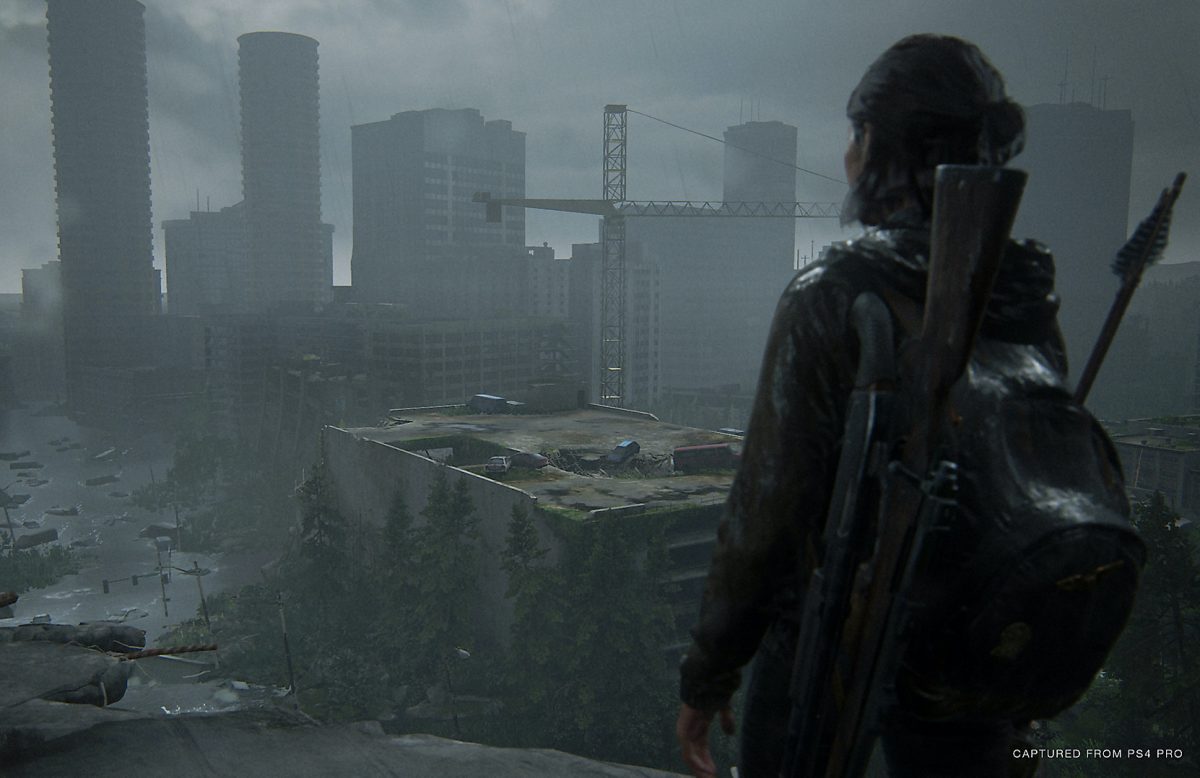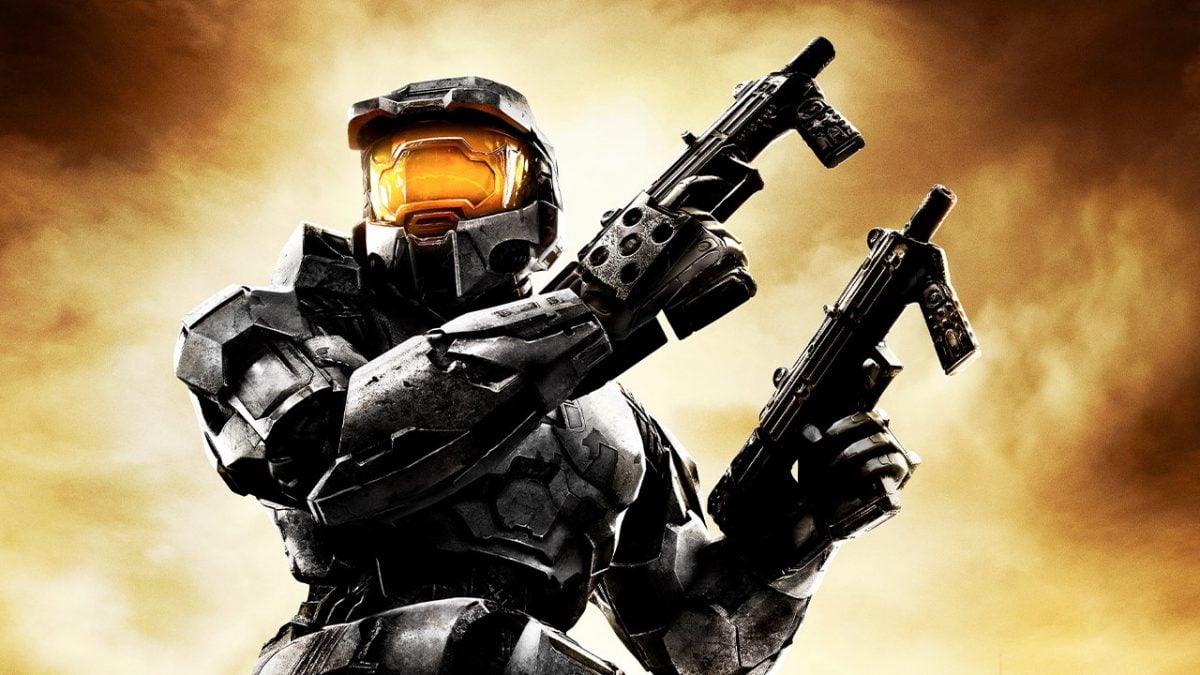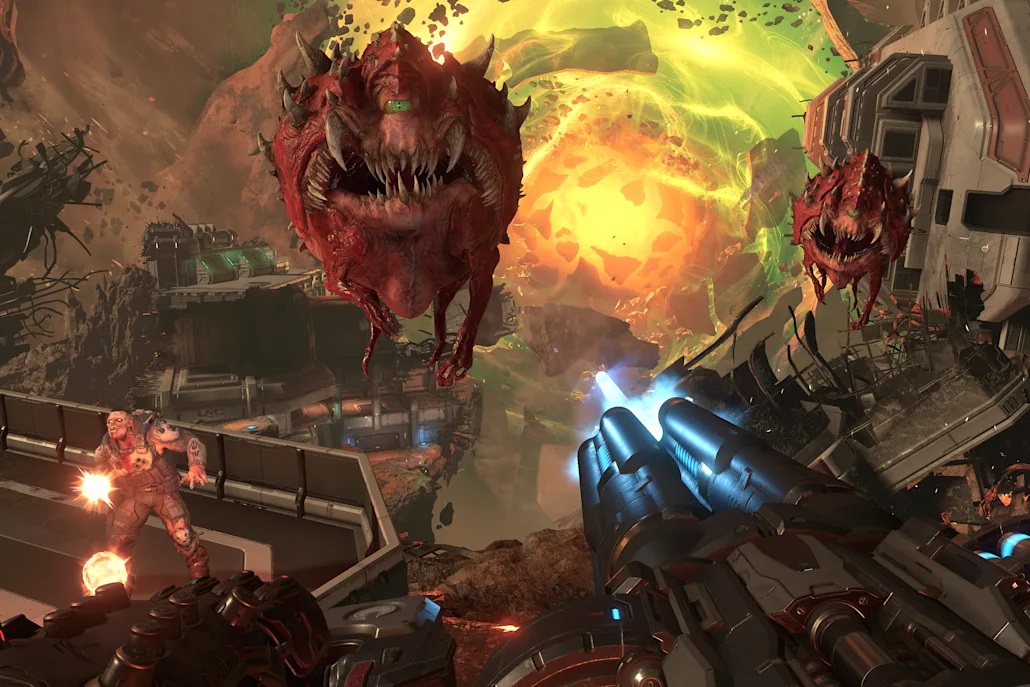It's big, it's expensive, and -- for now, at least -- it's hard to come by. Regardless, the Playstation 5 has enough to offer that, according to RVA Game Cave columnist Jonah Schuhart, you should probably buy one. Somehow, the release of a new generation of consoles...
